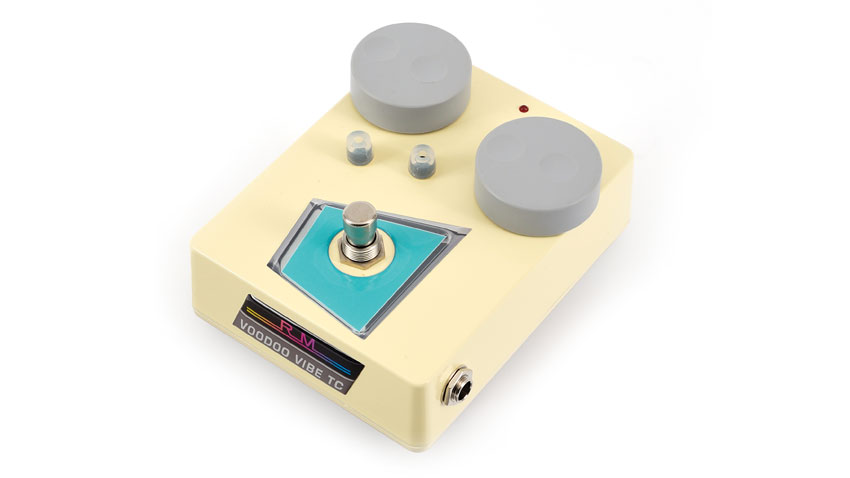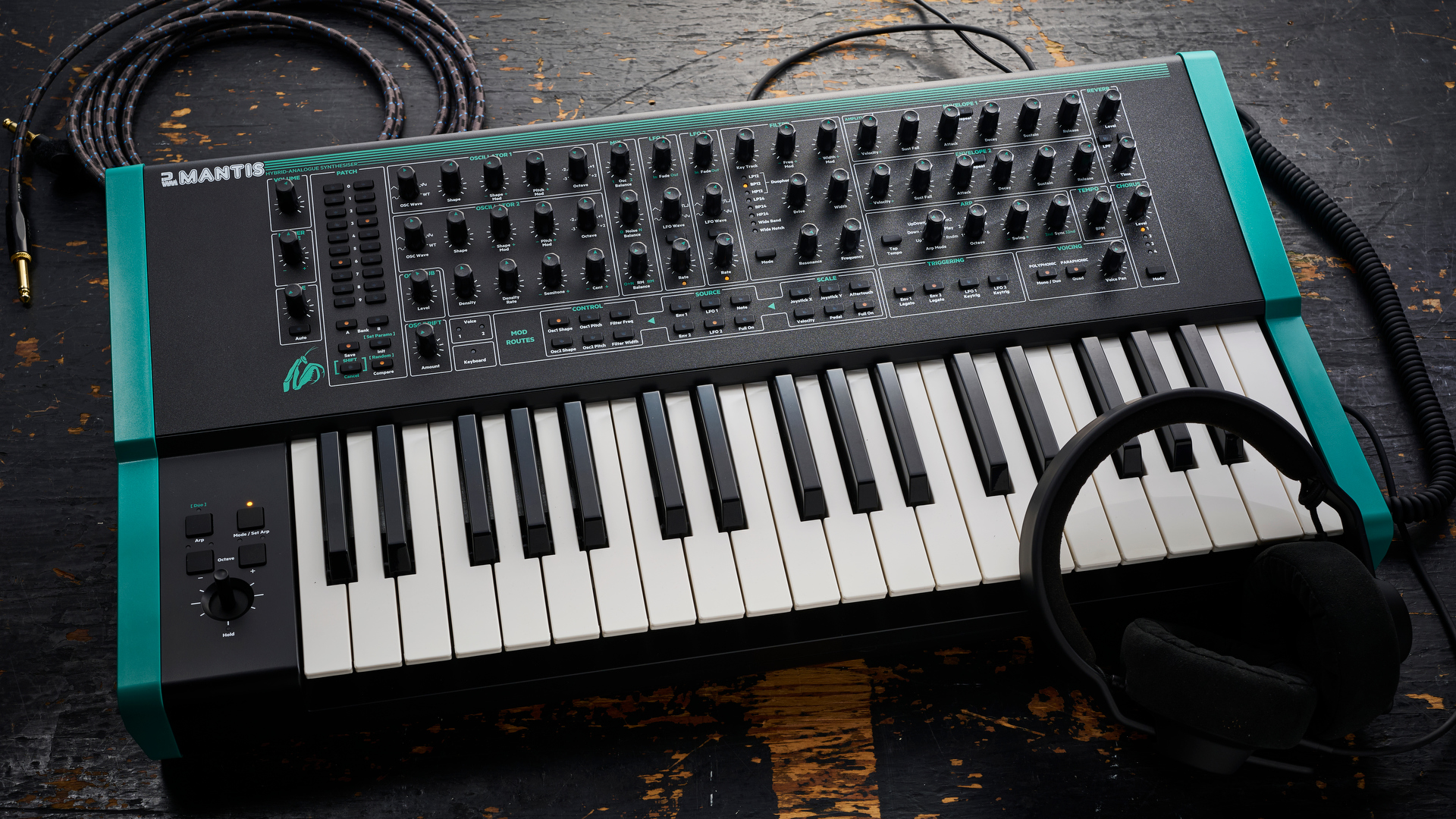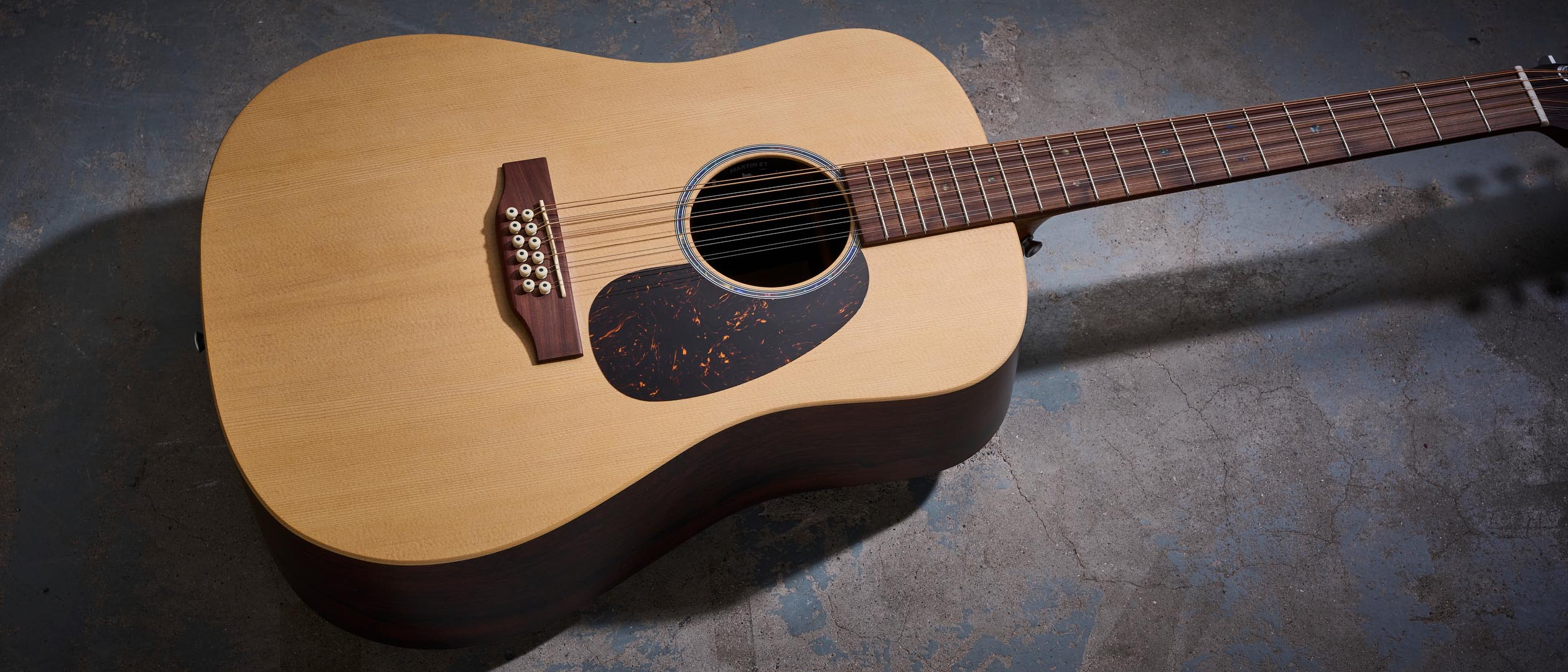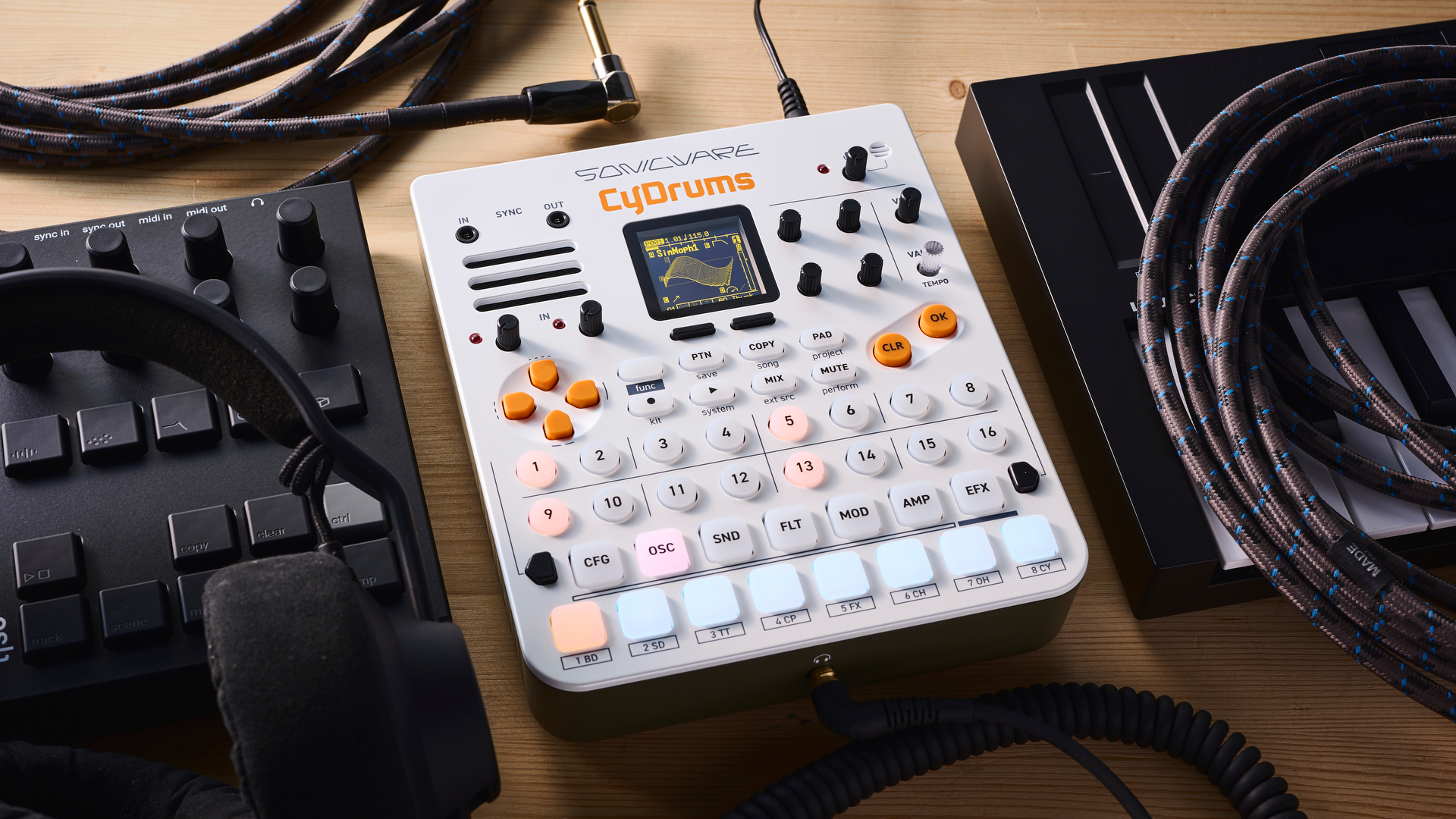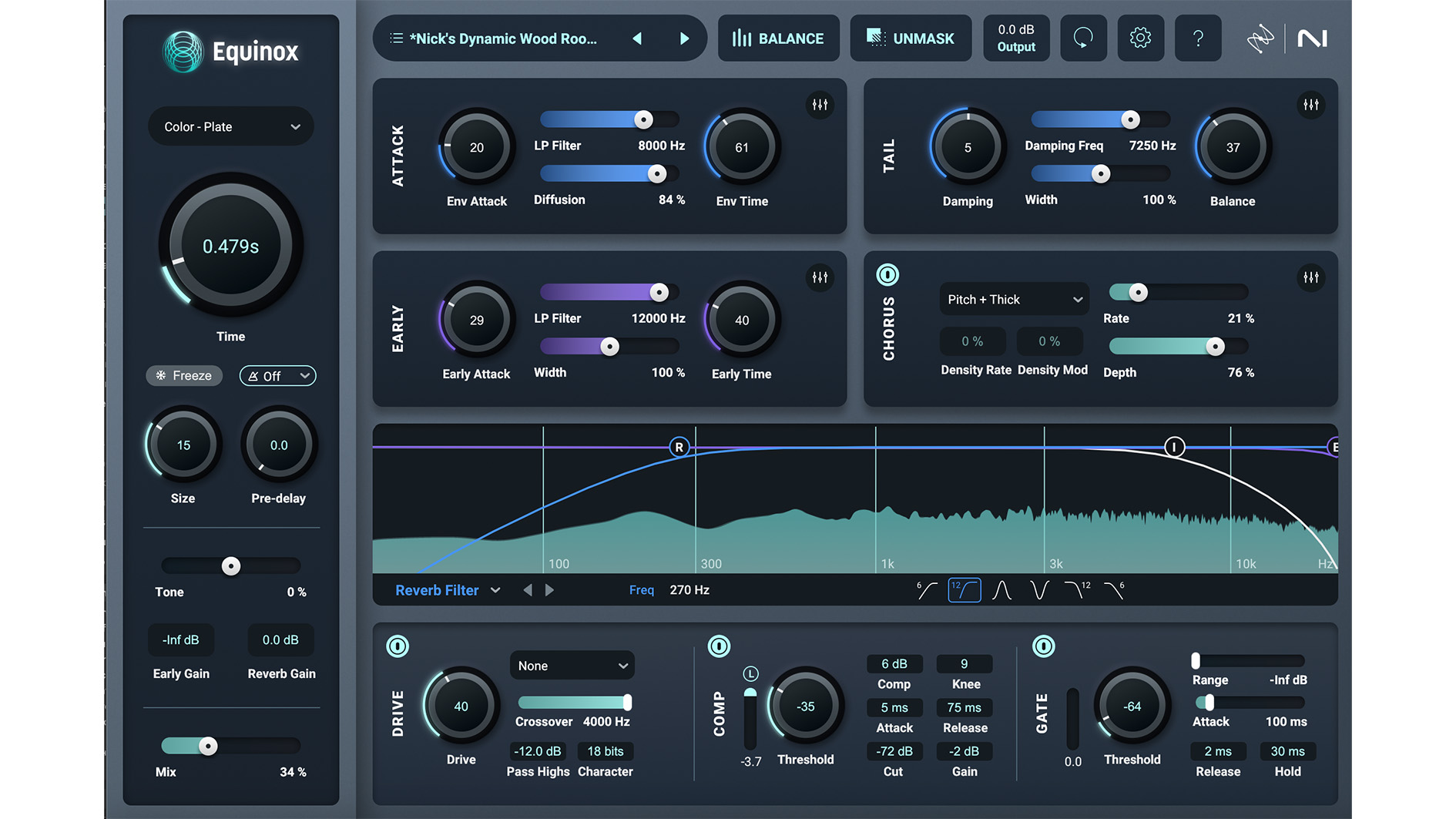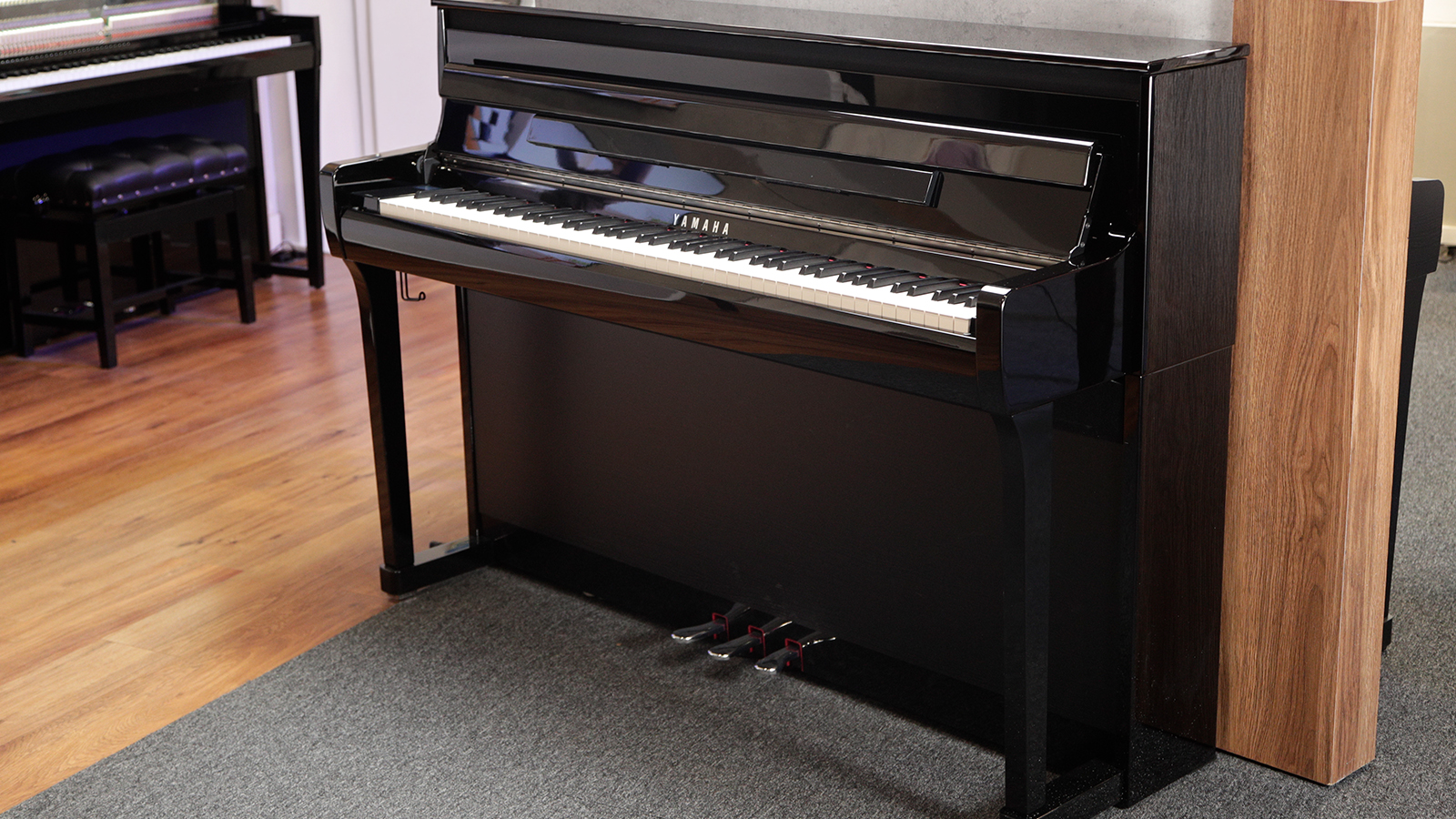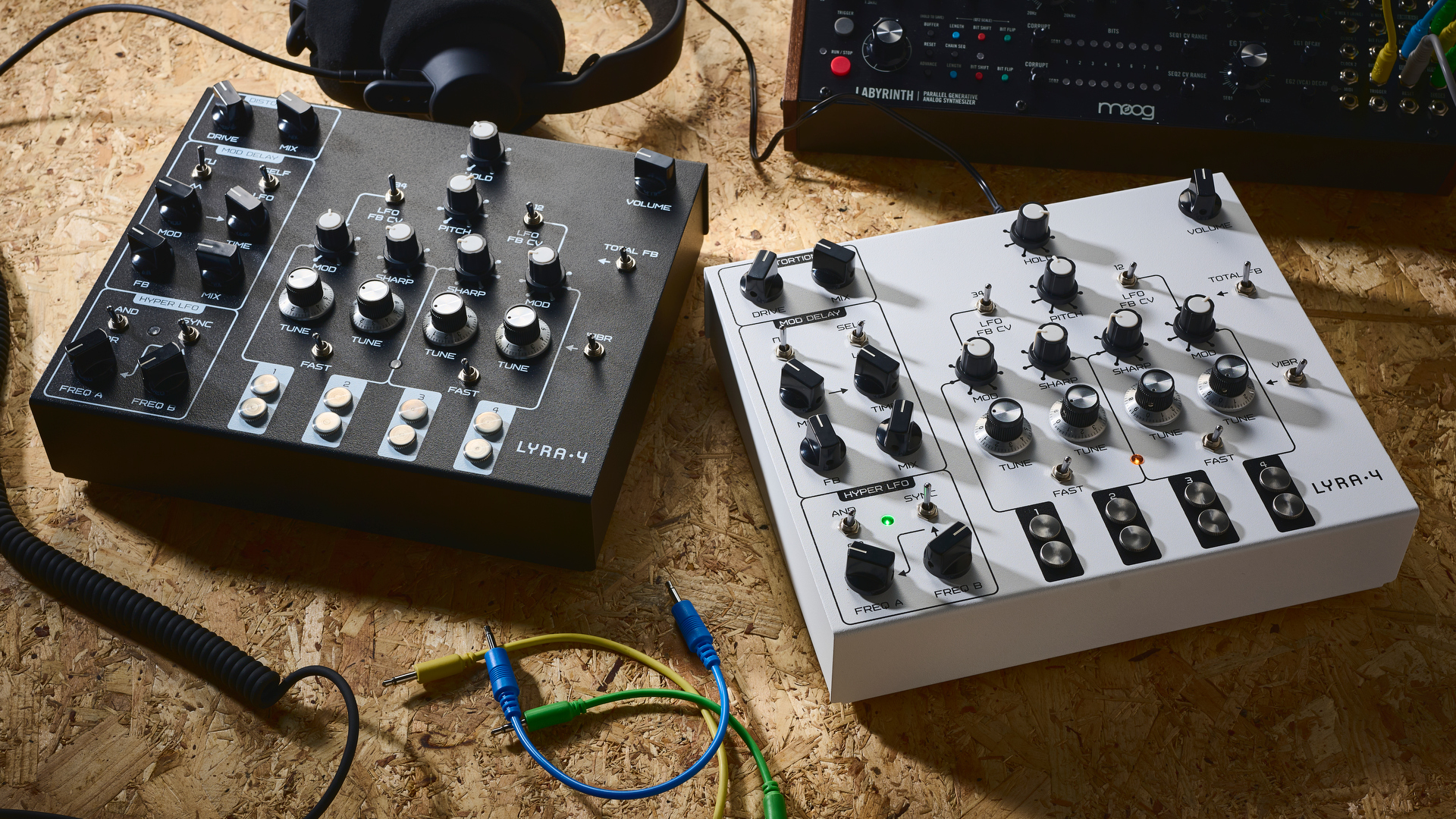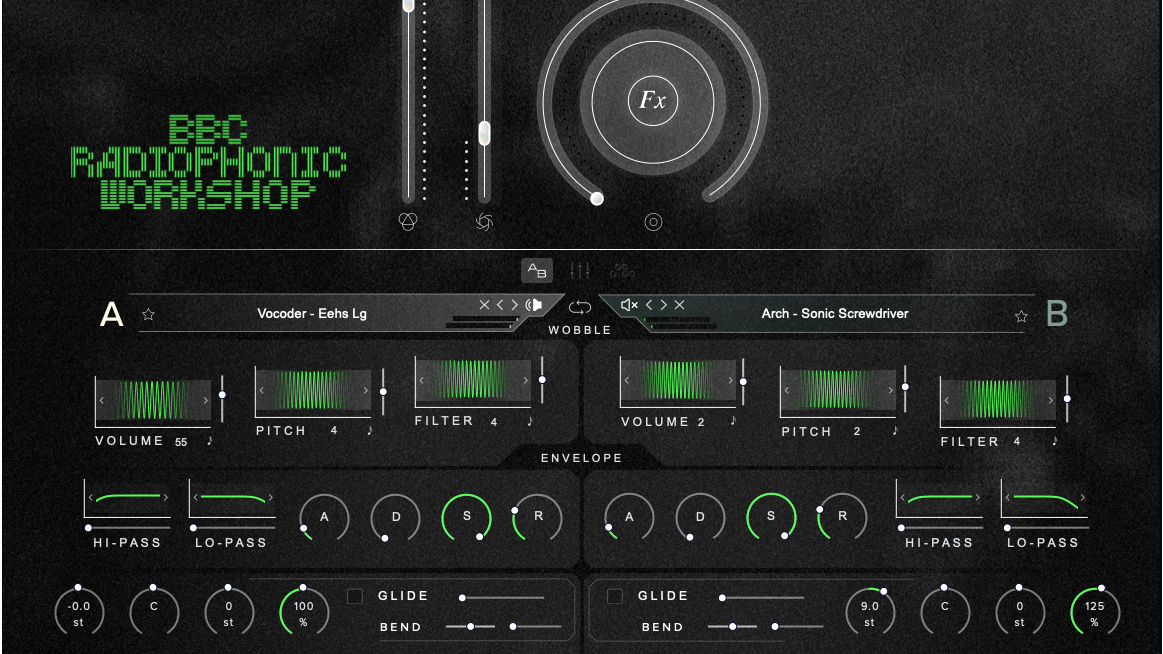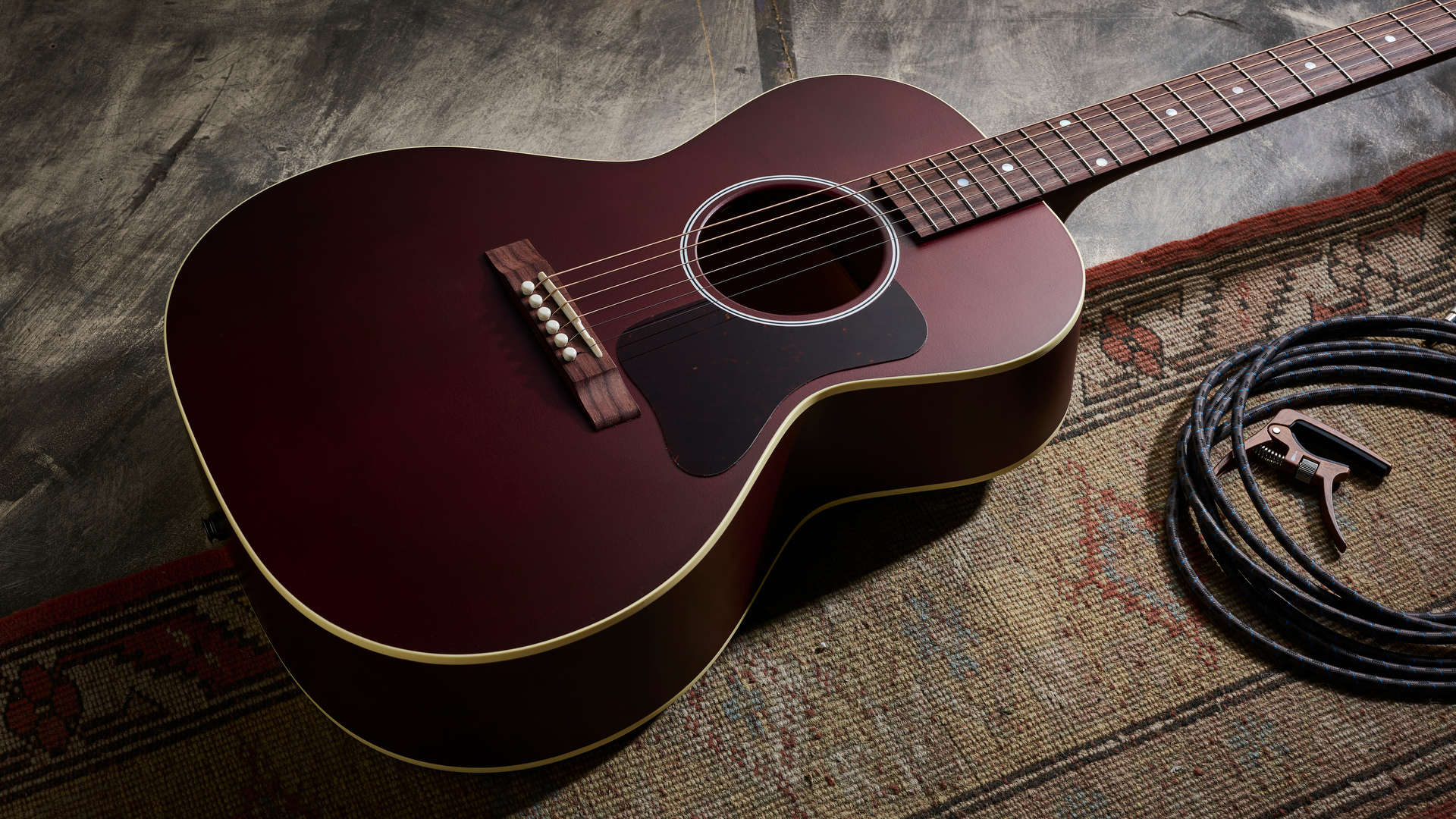MusicRadar Verdict
Quality costs, but that client list speaks for itself, and the TC is an easy-to-use way of getting those sounds on your pedalboard.
Pros
- +
Classic, guitar hero-endorsed sounds. Oversized controls are useful.
Cons
- -
The price.
MusicRadar's got your back
As tone guru to the likes of Jimmy Page, Jeff Beck and, of course, Jimi Hendrix, Roger Mayer has come up with more than his fair share of effects innovations. These famously included modifications made to Hendrix's Uni-Vibe pedals that eventually made their way to the feet of many guitarists in the form of the Voodoo Vibe+.
"The oversized speed and intensity knobs are designed so that you can adjust them with your foot mid-performance"
The Voodoo Vibe TC is a compact, simplified version of that much-lauded pedal, which focuses purely on the chorus mode. The oversized speed and intensity knobs are designed so that you can make minute adjustments with your foot mid-performance. It may seem like an eccentric design quirk, but in practice it's genuinely useful.
Sounds
Beneath the surface, the TC uses the same circuitry as the original for those iconic sounds, and that beautiful, phase-y pulse is as addictive as ever. Haunting, lightly textured flutters and full, bass-filled throbs are all easily accessible and guaranteed to hit the back of your cranium.
The two smaller knobs control the sweep and level of the effect, the idea being you set these first for the overall voice and then treat the two main controls almost like a pair of expression pedals.
The Voodoo Vibe TC is a very creative effect that has inspired some of the world's greatest guitar heroes.
“A synthesizer that is both easy to use and fun to play whilst maintaining a decent degree of programming depth and flexibility”: PWM Mantis review
“I feel like that song had everything we needed to come back with”: Bring Me The Horizon’s Lee Malia on Shadow Moses, its riff and the secrets behind its tone, and why it was the right anthem at the right time
“I said, ‘Are we sure we can write a song about death?’”: The story of Mike + The Mechanics' classic No.1 The Living Years
